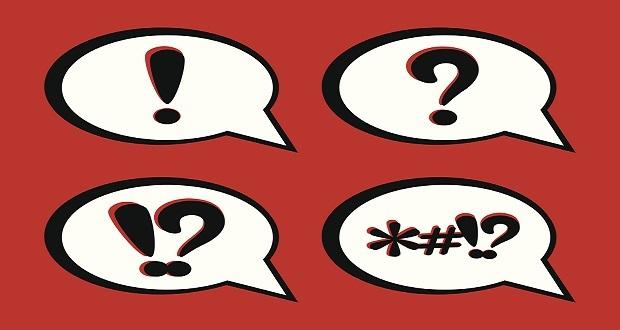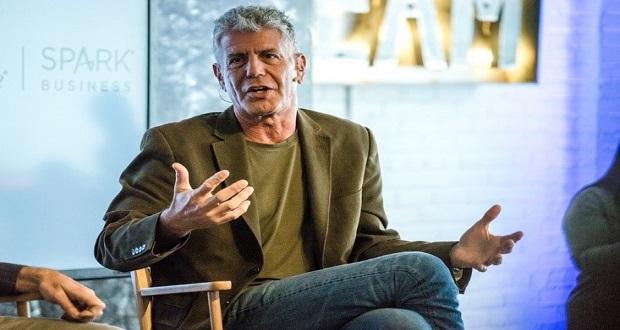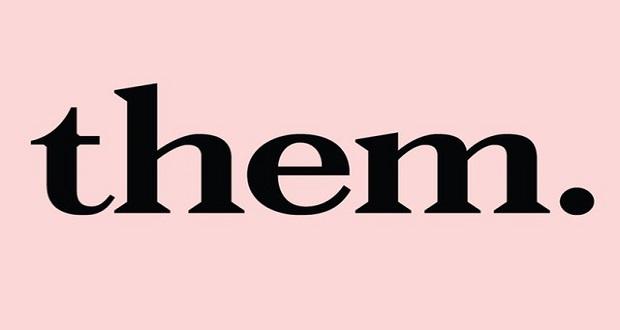
This week, I posted a reflection to my LinkedIn profile articulating the necessity of diversity, equity, and inclusion practitioners engaging in our own “self-work.”
DEI practitioners are not immune to the impact of white supremacy.
DEI practitioners can perpetuate racism.
DEI practitioners can know and understand “best practices” and develop strategies around “inclusion”… and still cause harm.
DEI practitioners can and have perpetuated anti-Blackness in our work.
I am a DEI practitioner and am working through my own work—to free myself and others from many of the oppressive and colonial perspectives we’ve learned as the norm. If I don’t do that work, I can’t be effective in my professional work.
We’ve explored this quite a bit on the blog—more specifically as part of our Decolonizing DEI series. Recently, this has been even more top of mind for me as clients, Chief Diversity Officers, and fellow consultants and practitioners alike respond to our current sociopolitical environment.
Many organizations, including those we support, are currently scurrying to invest in “training interventions,” create “brave” and “safe” spaces for dialogue around race, and leverage the current racial justice momentum to engage senior leaders in this work. Let me first affirm—this segment of work is important to much broader systemic change. I believe that learning, unlearning, relearning are critical paths towards disrupting systems and reimagining new ones…. AND I believe that if we’re not mindful of how we curate and facilitate spaces that seek to engage us down this path, we can end up causing more harm than good.
There are three questions that I’d like to offer as a guide for minimizing the harm we as DEI practitioners can cause if we are not mindful and reflective of the ways in which white supremacy exists through us.
Those three questions are:
- Whose experience or truth does this [action] center?
- If the answer is white people or those who have traditionally held power, then it does not support equity and justice.
- Who does this [action] primarily benefit?
- If the answer is white people or those who have traditionally held power, then it does not support equity and justice.
- Does this [action] disrupt white supremacy and the organizational status quo or does this preserve it?
- If the answer is the latter, then it does not support equity and justice.
Inasmuch as I strive not to limit my understanding or the complexities of this work to “either/or” binaries — I believe this line of questioning is necessary to facilitate disruption and reverse power dynamics that have long contributed to ineffectiveness in this work. Ultimately, these questions are necessary to prevent harm. This line of questioning can be applied to any action or strategy to foster greater accountability towards equity and justice. For purposes of this post, I want to apply this line of questioning to how we curate and facilitate learning experiences and dialogues on race and social justice. I am specifically focusing on tactics, actions, or considerations that have come up in many of my client interactions.
We Want To Have A “Town Hall” On Race.
These town hall sessions oftentimes include employees across various racial identities and levels within the organization. The “well-intentioned” goal is usually something along the lines of: “Affirm our commitment to ending racism and educate our employees on the history of race, how it shows up in our society and workplace.” These town halls are necessary start points for many organizations—emphasis on “start point”—AND can be interpreted as patronizing to Black folks and other people of color who experience racism daily within the organization.
These town halls can also end up being retraumatizing if we’re not holding ourselves accountable to my first question, “Whose experience or truth does this [action] center?” If the town hall is not explicitly naming and defining racism and white supremacy as systems that the organization and leaders are part of and have been complicit in (at a minimum), then the answer is: white people. We cause harm when we do not name and own organizations’ and leaders’ roles in contributing to a system of racism. When we use language that is more palatable or subscribe to positions of “neutrality,” we protect the status quo.
We cause harm when we do not name and own organizations’ and leaders’ roles in contributing to a system of racism. When we use language that is more palatable or subscribe to positions of “neutrality,” we protect the status quo. Click To TweetWe Want To Protect Learner Or Participant Anonymity
Many clients have suggested and/or sought our advice when deciding if learners who will be part of a virtual learning experience/dialogue on race should have the option to participate anonymously. Often, the rationale behind this question or suggestion is rooted in their desire to create a “safe space” where participants can engage candidly, “courageously” without fear of being stigmatized. A rationale to which I offer my second question, “Who does this [action] primarily benefit?” A “safe space” for whom? In my experience, the answer is: white people.
Anonymity in the context of virtual learning and dialogue is a tactic that can embolden harmful and troubling perspectives, and preserves entitlement to comfort and fear of conflict, both of which are characteristics associated with white supremacy culture. We cause harm when we prioritize the comfort of white people over the psychological safety of Black folks and other people of color in white institutions.
We cause harm when we prioritize the comfort of white people over the psychological safety of Black folks and other people of color in white institutions. Click To TweetWe Want People To Feel Like All Perspectives Matter
I’ll be honest, I’ve never actually heard a client say this directly, but I have observed and heard stories of facilitation practices that would suggest such. I think this has much to do with how traditional diversity and inclusion training has been led or facilitated. For example, someone says or communicates in the chat box something that is undermining to the experiences of Black or People of Color (but is not considered ‘overtly racist’) like:“Well, I tend to be colorblind… “Let’s just agree to disagree [about one’s humanity]” “Why can’t white people use the N-word, if Black people can?… “I still believe it’s about ‘all lives matter.’” I have observed and heard stories of the facilitator either encouraging the person who made the comment to “reflect more on why they feel that way,” using it as an opportunity to “dialogue” by asking another participant to share a different perspective, or flat out disregarding the comment and moving on. To which I offer my third question: Does this [action] disrupt white supremacy and the organizational status quo or does this preserve it?
Facilitators have the power to create space for transformation… or continue to perpetuate harm if we are not mindful. While facilitators’ intentions might be to maintain a sense of neutrality or not stigmatize the perspective of the person who made the comment, the impact on Black folks and People of Color can be harmful. This is why offering agreements and boundaries for sessions is so important. I consider agreement statements as the “posture of being” learners must commit to and adopt as we engage in learning together. I offer boundaries as guardrails to keep the group and myself on track and accountable to centering Black folks in our discussions.
Here are some that I’ve found helpful:
Agreements or Norms

Boundaries

In response to proactively setting boundaries or agreements for sessions, I have observed clients and facilitators express their discomfort with leading with such clear-cut expectations. Their apprehensions are presumably rooted in fear of offending [white] folks too early in the session or due to assumptions that the participants “don’t need to hear that,” because “they already know these things.” To those suggestions, I offer my three questions:
- Whose experience or truth does [proactively stating norms and boundaries] center?
- Answer: Black Folks
- Who does [proactively stating norms and boundaries] primarily benefit?
- Answer: Black Folks
- Does [proactively stating norms and boundaries] disrupt white supremacy and the organizational status quo or does this preserve it?
- Answer: The former
Moving beyond the rhetoric and centering equity and justice in our work—which includes how we curate and facilitate “training”—means holding ourselves accountable as DEI leaders, facilitators, and practitioners to minimize harm.


















